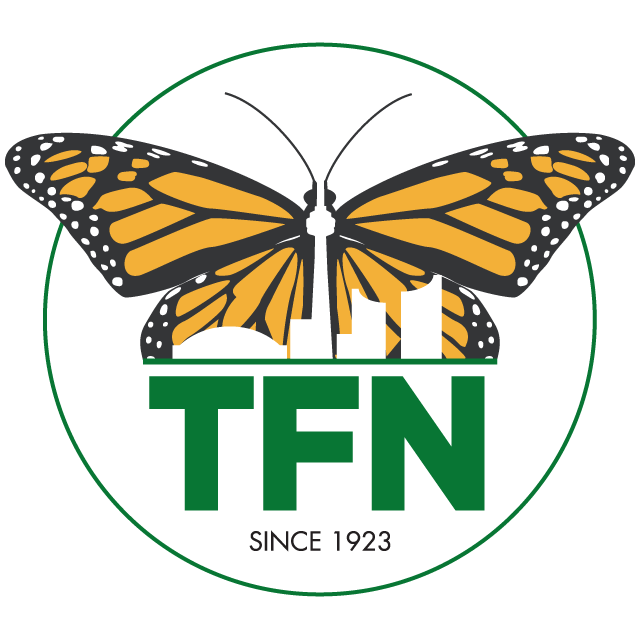by Jason Ramsay-Brown
Honestly, I hadn’t really given much thought to our native bumble bees until one day in 2016 when I was treated to a walk through Cottonwood Flats, led by Sheila R. Colla, Assistant Professor at York, former Liber Ero Fellow, and co-author of The Bumble Bees of North America: An Identification Guide (Princeton University Press, 2014). From Bombus impatiens to Bombus affinis, the depths of her knowledge and passion were as inspiring as they were informative. Bumble bees went from a background buzz on my wanders in nature to one of those creatures I longed to see.
That day, I was also introduced to Bumble Bee Watch, a continent-wide citizen science effort to track and conserve North America’s bumble bees. As of July 2019 some 7,600 users have built a database of over 40,000 bumble bee sightings, with slightly over 20% of these hailing from Ontario. These records include 40 of the 48+ species found in North America, including some 1,400 sightings of our continent’s at-risk species: B. affinis, B. bohemicus, B. occidentallis, B. pensylvanicus, and B. terricola.
These sightings are contributed by researchers and everyday people alike via bumblebeewatch.org and the site’s associated web apps. Participation is a familiar paradigm for those who contribute to other digitally-driven citizen science projects like EDDMapS. Create an account, find yourself some bees (or nests), snap a few pictures, ID your bee, and submit your data. They say a picture is worth a thousand words, so this how-to video ought to save me at least that.
Of course, one doesn’t have to contribute to enjoy Bumble Bee Watch. The collected data can be searched, filtered, and viewed by anyone in gallery, map, or list format. Some tools, like heat maps and personal checklists, do require registration to use.
The Bumble Bee Watch app is available for Android & iPhone.

